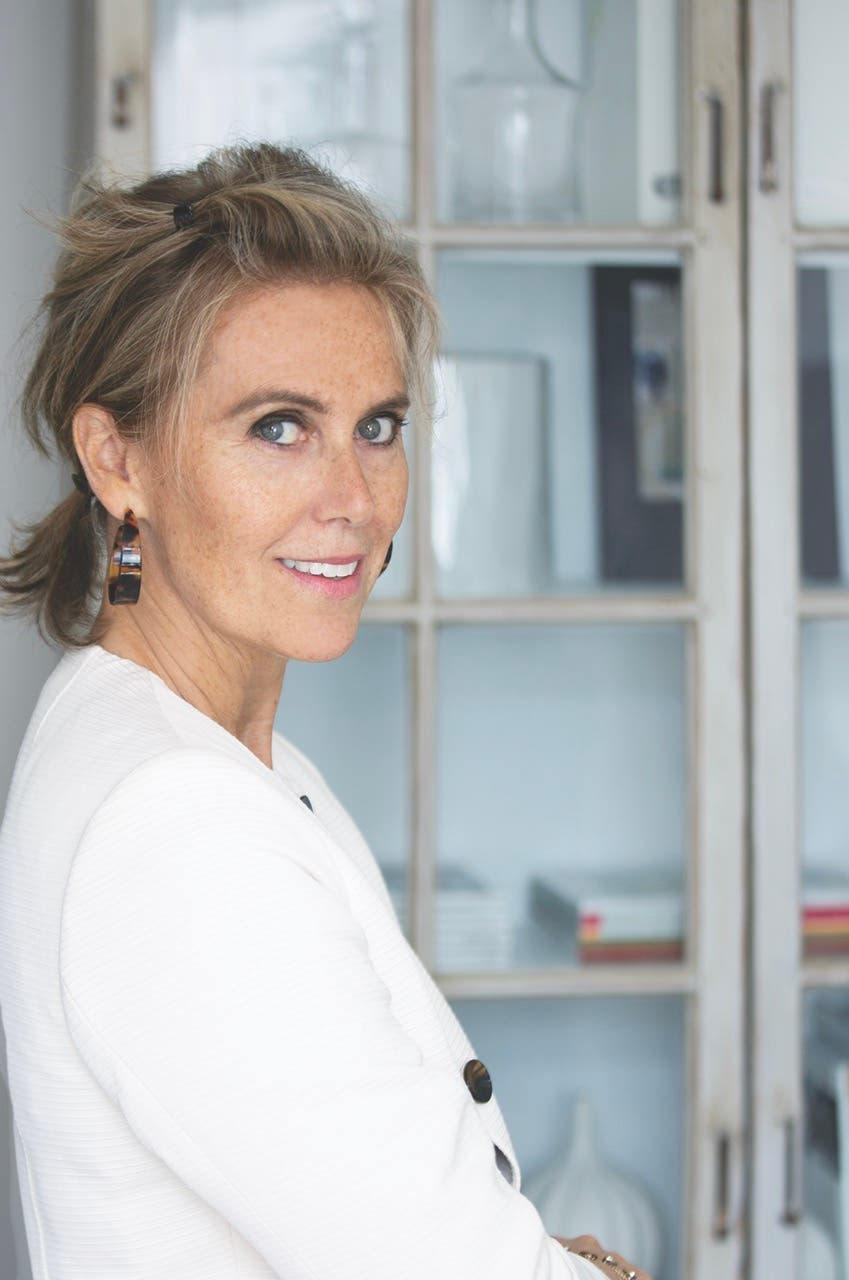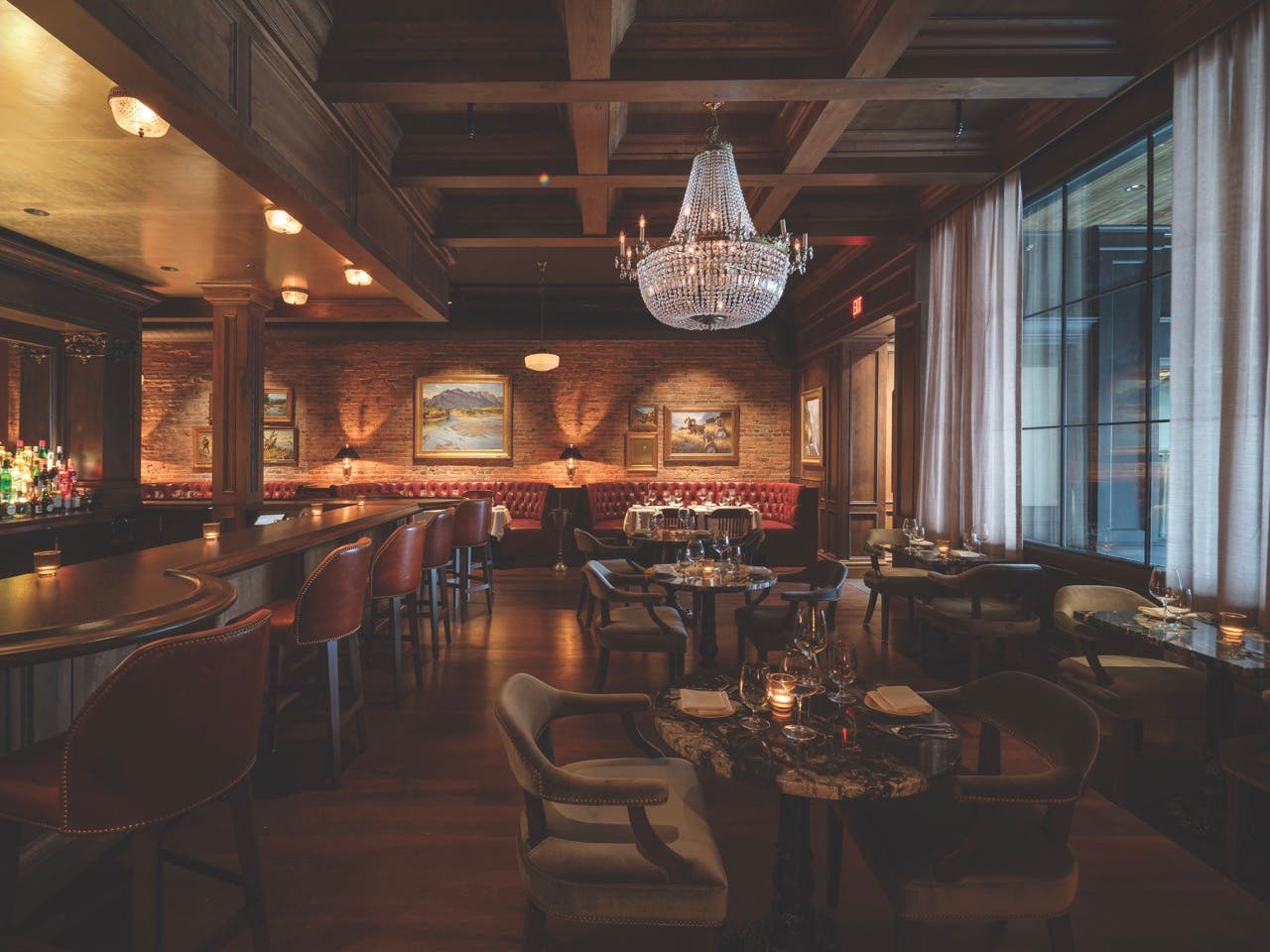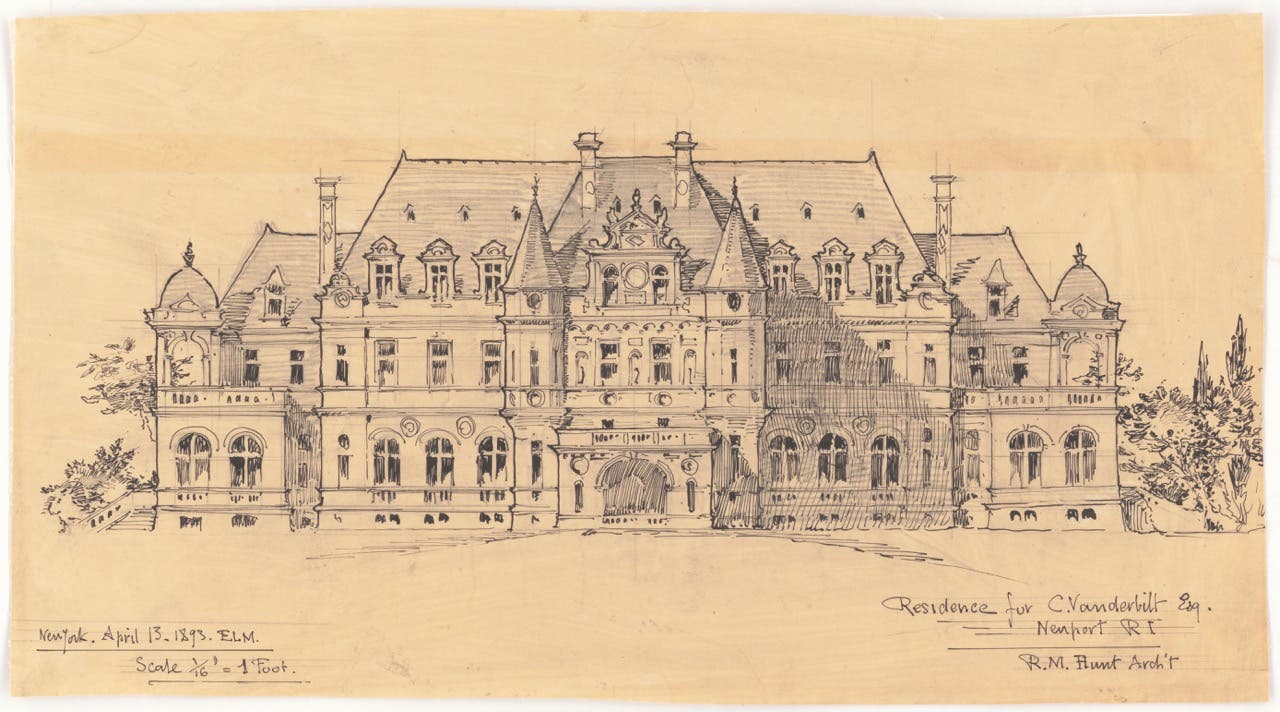
Features
The 25 – Lisa Tharp
Designing interiors that juxtapose the old and the new, three-time Bulfinch winner Lisa Tharp has brought a fresh viewpoint to traditional design by effortlessly ushering classic spaces into the 21st century.
Her timeless designs pull from different eras and even different countries, balancing proportion, scale, color, textures, and silhouettes to create an inviting whole. Streamlined custom seating, an antique Italian marble fireplace mantel, a silver-leafed ceiling treatment, sconces from a Parisian hotel, an Art Déco cabinet, a mid-century coffee table, and contemporary work by local artists–Tharp combines them to tell a story of the building’s past, of the setting, and of the client’s life.
“Our work must not just look pleasing,” she says. “It must give a place soul.”
Lisa Tharp Design, which she established over a decade ago, also was an early leader in sustainable design.
Tharp’s award-winning Concord Green Health Home, built in a historic neighborhood, exemplifies traditional style and craftsmanship; her designer paint collection, created in collaboration with ECOS Paints, is organic and non-toxic; and her furniture collection places a priority on local making, honest materials, and distinctive detailing.
“We have always sourced sustainably,–whether incorporating antiques, restoring or repurposing vintage finds or supporting local artists,” she says.
Tharp’s interiors, which are known for their clean-lined, sophisticated aesthetic, have been featured by Architectural Digest, ELLE Décor, LUXE, House Beautiful, international publications, books and by This Old House Productions and Warner Discovery+/Magnolia Network television.
Tharp, who was inducted into the New England Hall of Design, is a member of the Institute of Classical Architecture & Art and of the Back Bay Architectural Committee, which reviews and advises on planned renovations in this historic Boston neighborhood.
“We guide our clients toward design choices that are authentic and in harmony with architecture and surroundings,” Tharp says. “Built environments have permanence. We must ensure that design choices made now have longevity and a certain timelessness, even if they are fresh and inventive.”








